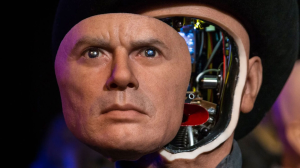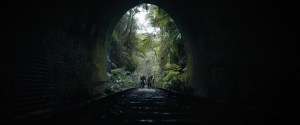Science fiction movies have been defining points in cinema since the dawn of the art form, with 1902’s A Trip to the Moon still one of hte most iconic images in film history. Each decade has brought with it new techniques that have influenced filmmakers across genres, but a lot of the best innovation in moviemaking has been pioneered by those working in sci-fi. As a result, each decade largely has movies in the genre that define the era, from 2001: A Space Odyssey and Planet of the Apes in the 1960s, to Star Wars in the 1970s, and Back to the Future in the 1980s.
Videos by ComicBook.com
The final decade of the 20th century, the 1990s, delivered some all-timer science fiction movies, planting flags in the genre and in Hollywood that continue to be wells they draw from today. We’re talking about the time of Jurassic Park and its dinosaur mayhem; Terminator 2: Judgement Day and its epic action with sequel-turning surprises; and The Matrix with its visual effects tricks that changed everything. Though these high water marks still loom large, there are still plenty of science fiction movies from the 1990s that remain awesome, but have been a little bit forgotten by time.
7) 12 Monkeys

Terry Gilliam’s time travel epic may have been a major hit upon release, but in time, it has slowly receded in the public consciousness. It’s easy to forget about 12 Monkeys when the stars of the film have gone on to lead even bigger and more influential movies, but Brad Pitt perfected his madcap energy in his first major role, and Bruce Willis delivers one of his most understated performances as the time-traveling James Cole.
In the future, the world has been decimated by a virus, leading scientists to send Cole back in time to obtain the virus itself so that a potential cure can be made. What separates 12 Monkeys from other time travel movies is the fact that its take on the hypothetical idea is one that not only stands up to scrutiny but doesn’t manage to create a hundred plot holes like other, more popular films. All this makes a rewatch of the film not only mandatory but equally enjoyable as the first time through.
6) Congo
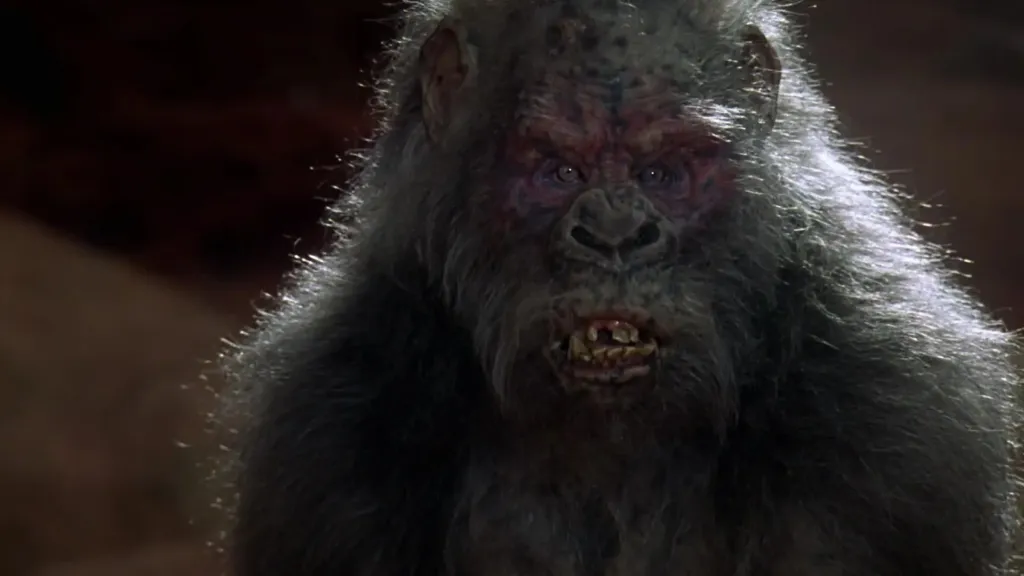
Michael Crichton’s science fiction was given an adrenaline shot to the heart with Jurassic Park, and just two years later, an attempt was made to capitalize on that with one of his wilder novels. Though Jurassic Park really leaned on its science fiction premise as a gateway to its big adventure scope, Congo instead decided to embrace the chaos. Telling the story of a communications company seeking a rare diamond mine deep in the jungles of Africa, Congo follows a team (which includes a gorilla that speaks through a sign language voice box) sent into the depths to find it. Their trip takes a sharp left turn, though, when they discover the diamond mine is guarded by a race of elite, killer gorillas. Sound fun? It is.
Though the film may have been nominated for three Razzies upon release, Congo is far from one of the worst movies of the year it came out, and harkens to a pulpy era of science fiction that no one explores anymore. For that reason alone, it’s worth taking a look.
5) Dark City
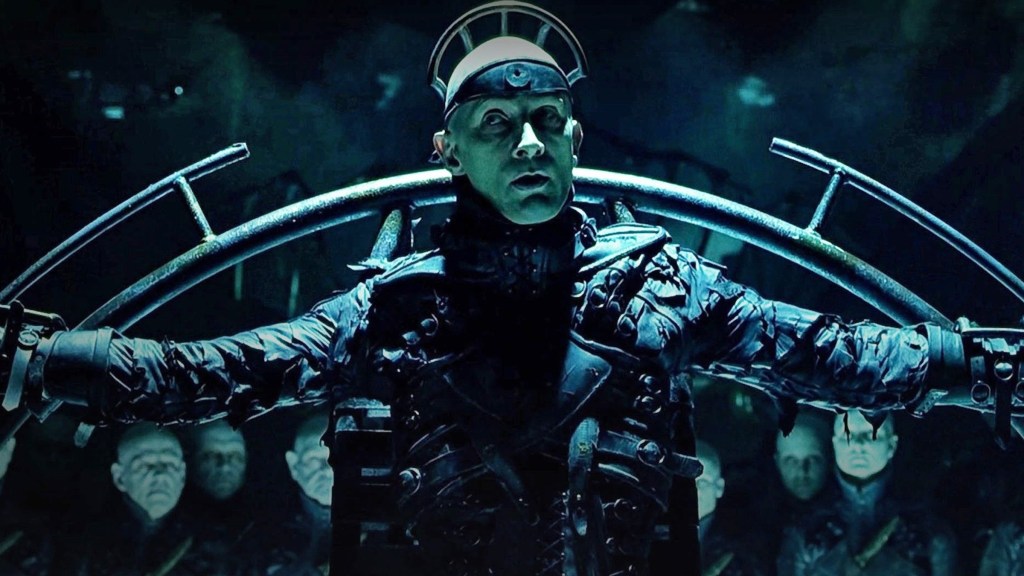
Directed by Alex Proyas, Dark City was his follow-up to his 1994 hit The Crow, and became a title that cemented his place as one of the defining visionaries of the 1990s. Like many other sci-fi movies of the decade, Dark City was overshadowed by The Matrix, an ironic twist because the Wachowskis’ film actually used sets from Dark City a year later. Furthermore, the two movies shared tonal and narrative similarities, though with distinctly different flavors, as The Matrix follows an action movie influence while Dark City is clearly derived from pulp noir.
In any event, Dark City is a unique companion piece to that work, but one that clearly stands as its own unique slice of genre from the decade. Setting aside any Matrix comparisons, though, Dark City is a worthwhile watch for its distinct production design, the kind that will make you sigh about how they don’t make them like they used to.
4) Gamera 3: Revenge of Iris
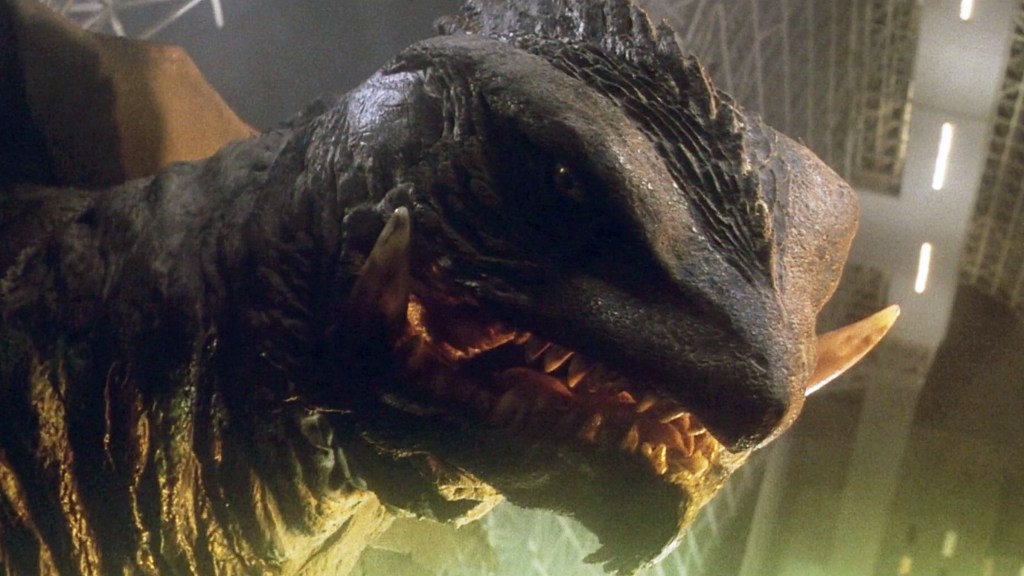
The entirety of the Gamera franchise is sci-fi you forgot was awesome (or perhaps, never knew), but the trilogy of reboot films that happened in the 1990s is the high point for hte entire series. Though all three films are worth watching, the third, Gamera 3: Revenge of Iris is the best film to utilize the giant, fire breathing turtle.
Though grounded in human drama that is never dull, Gamera 3 perfected the style of giant monster movies that became popular in the 1950s and 60s, utilizing performers inside suits who tear apart miniature sets of cities to tremendous effect. Gamera 3‘s special effects stand the text of time for being wholly practical and photographed to accentuate the realism of the explosive encounters on display. Under the expert direction of Shusuke Kaneko, Gamera 3 is one of the best kaiju films of all time.
3) Godzilla vs. Destoroyah
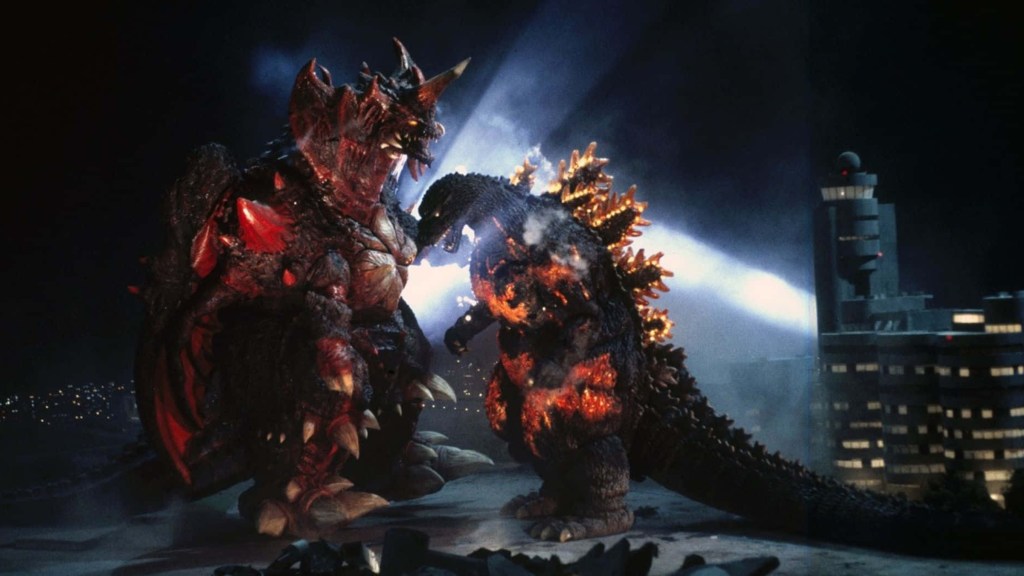
In case one kaiju movie wasn’t enough for you, the ’90s also delivered some of the best Godzilla films in that long-running franchise as well. Though there are a few others in series that made their debut in the decade that are worth watching, the final one, 1995’s Godzilla vs. Destoroyah, is the one that really takes the cake.
Like Gamera 3, Godzilla vs Destoroyah utilizes the best examples of filmmaking in the kaiju subgenre, but it also delivers two major elements that are brand new to the Godzilla franchise. The first is a biological conundrum for Godzilla himself, as the plot hinges on the discovery that the beast’s nuclear body is melting down and will soon explode, threatening the Earth like never before. Of course, the second is the threat of a brand new, ever-shifting kaiju, Destoroyah. Though modern special effects may marvel audiences, there’s no beating the true pinnacle of practical, men-in-suits monster movies.
2) Predator 2
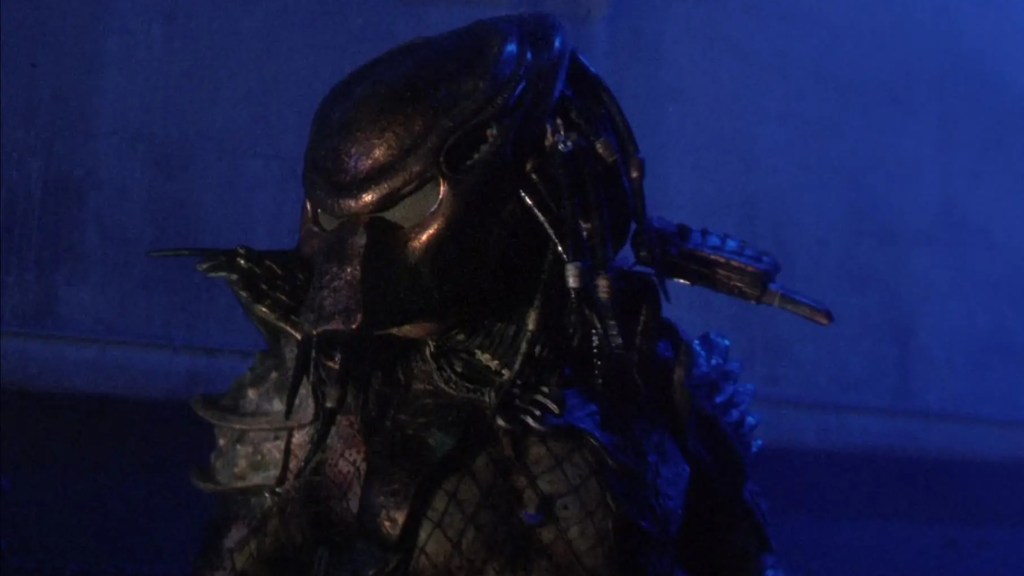
Though the Predator franchise has new life now, the series had long languished as a sci-fi series with untapped potential. In truth, this was an unfair characterization of its place in the genre because 1990’s Predator 2 wasn’t just “another movie” in the series; it was a sequel that was born from examining its place in being the next chapter in the series.
What sets Predator 2 apart and makes it still awesome are the ways that it is able to immediately subvert the audience’s ideas about what a follow-up to John McTiernan’s 1987 film would be. The movie begins with a tease of wilderness, only for the camera to move further in and reveal that the jungle setting has been shunned for the big city. Even further, the Predator is put up against bigger forces than a team of killers, facing the LAPD, gangsters, and the oppressive eye of the US Government as a whole. On top of that, the Predator himself becomes the prey very quickly, running scared and forced to fend off his attackers, leading to one of the best endings of the series.
1) RoboCop 2

As time has proven, it’s mostly an impossible task to follow up 1987’s RoboCop, but the 1990 sequel from The Empire Strikes Back director Irvin Kershner and famed comic creator Frank Miller managed to scratch a lot of the itches that fans didn’t realize they wanted satisfied. Time has been kind to RoboCop 2, thanks in no small part to the other offerings of the franchise, so you wouldn’t be out of line to assume that the sequel was inferior like the rest.
That said, give RoboCop 2 another shot. Among its many great qualities is a tonal consistency that manages to carry over from the first film to the sequel as it manages to skewer new aspects of life in the era while continuing the franchise’s trend toward sci-fi satire. Furthermore, RoboCop 2 has a narrative continuation that doesn’t break the limits of the first film. Despite the first movie ending with “Murphy” in a distinct place, the sequel builds on that moment in a way that continues to explore his identity, but keeps fans happy with the gunplay. Plus, there’s a meta quality to it all where “RoboCop 2” is literally a plot point.

